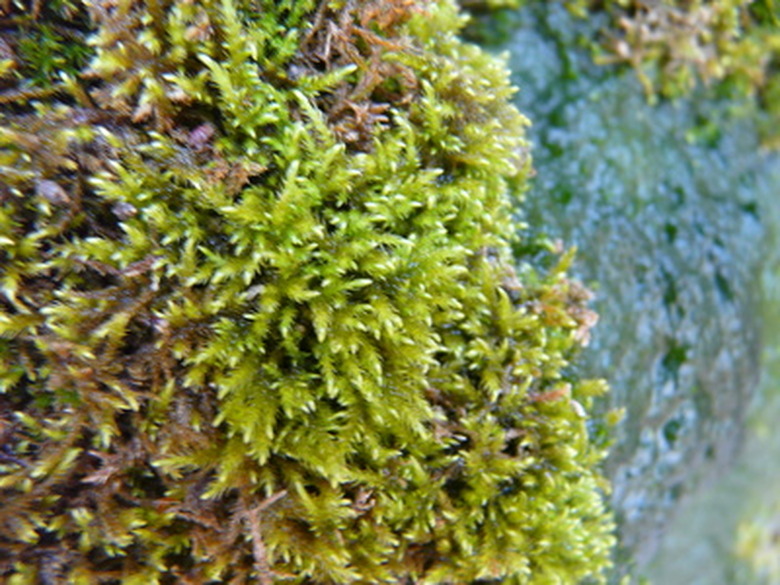The Dangers Of Peat Moss
Peat moss, otherwise known as sphagnum moss, is a common landscape element that thrives in moist areas around the world, particularly bogs. In the past decade, health risks and dangers have been uncovered about the destruction of peat bogs, such as destroying delicate ecosystems and releasing greenhouse gases. This usually happens from development or the destruction of natural areas due to forestry.
Peat moss, otherwise known as sphagnum moss, is a common landscape element that thrives in moist areas around the world, particularly bogs. In the past decade, health risks and dangers have been uncovered about the destruction of peat bogs, such as destroying delicate ecosystems and releasing greenhouse gases. This usually happens from development or the destruction of natural areas due to forestry.
Release of Carbon and Methane
Peat moss has a high content of carbon and greenhouse gas methane. When disturbed, even small amounts of peat moss can easily add these substances to the soil. If the weather is warm enough in the region where the peat moss or bogs are thriving, these gases could be released into the atmosphere. Peat bogs have been said to contribute to the earth as a "global cooler," which assists in fighting climate change. When peat moss grows, it absorbs more and more carbon dioxide, locking it into the peat moss. If the bogs are destroyed, this can release the carbon, resulting as a dangerously strong greenhouse gas. In the United Kingdom, the National Trust estimates that country's peat bogs store carbon equivalent to about 20 years worth of national industrial emissions, and measures are being taken to protect the disturbance of peat bogs.
- Peat moss, otherwise known as sphagnum moss, is a common landscape element that thrives in moist areas around the world, particularly bogs.
- In the past decade, health risks and dangers have been uncovered about the destruction of peat bogs, such as destroying delicate ecosystems and releasing greenhouse gases.
Destroying Ecosystems
Peat moss bogs have the ability to create delicate ecosystems that house several specimens and plants. Just like other wetlands, peat bogs are nature's water purifiers and natural flood preventors. Peat bogs create systems just like rain forests, so if they are destroyed, it can destroy the life within them such as specialized plants or flowers, insects and animals. With the highly acidic content in peat moss, the bogs decay very slowly, creating nutrient-rich atmospheres for life. It also provides a way for preservation, as artifacts from thousands of years ago have been discovered in peat bogs.
Acidic Soil
Since peat moss produces hydroxide, it in turn adds it to the soil, making it much more acidic. Whether a landscaper is adding large amounts of peat moss to soil or a bog is thriving in a lush vegetative area, this can produce dangers when destroyed. Although this can make the soil too acidic for many plants to thrive in the long run, if removed suddenly it will take that acidity away, killing plants that have adapted to the acidic soil or that are prone to growing in those conditions.
- Peat moss bogs have the ability to create delicate ecosystems that house several specimens and plants.
- Peat bogs create systems just like rain forests, so if they are destroyed, it can destroy the life within them such as specialized plants or flowers, insects and animals.
